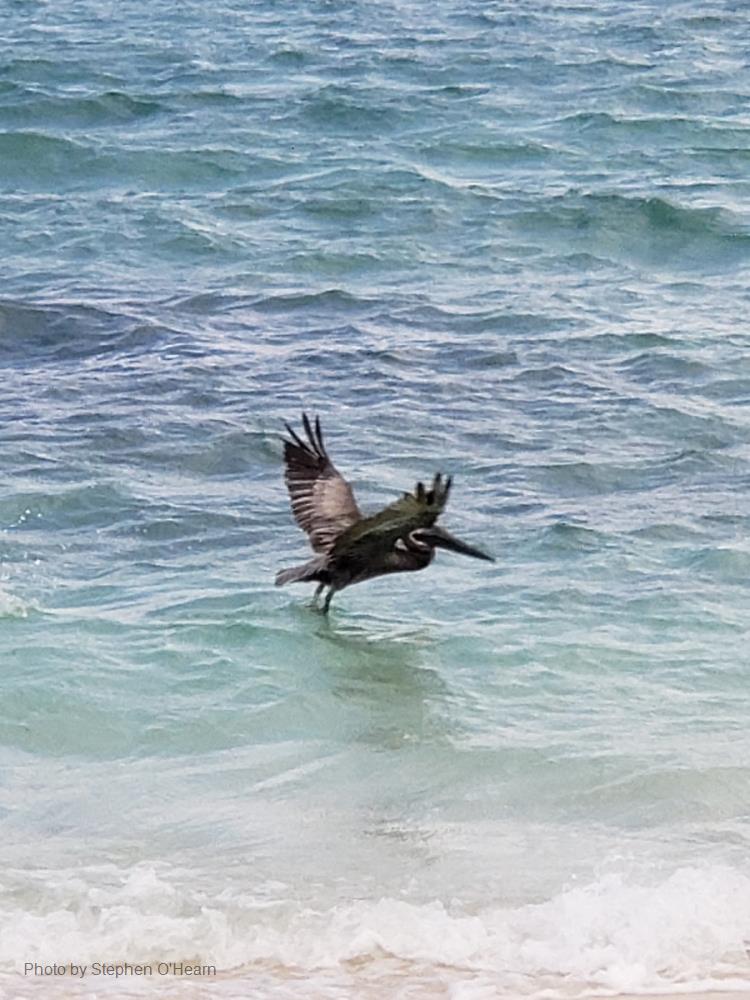
Related items loading ...
Section 1: Publication
Publication Type
Conference Presentation
Authorship
Lilley Sara, Hayash Masaki
Title
Rapid, long-distance karstic flow of mountain groundwater: new discoveries in the Canadian Rockies
Year
2022
Publication Outlet
AOSM2022
DOI
ISBN
ISSN
Citation
Sara Lilley, Masaki Hayash (2022). Rapid, long-distance karstic flow of mountain groundwater: new discoveries in the Canadian Rockies . Proceedings of the GWF Annual Open Science Meeting, May 16-18, 2022.
Abstract
The term ‘karst’ describes a bedrock topography formed by chemical dissolution, producing aquifers comprised of features like underground conduits and caves. The Front Ranges of the Canadian Rockies consist of extensive carbonate bedrock that can host alpine karst aquifers. Rapid groundwater recharge and flow velocities are the outcomes of a sparse vegetative cover and high hydraulic gradients in mountainous terrain. Little research has focused on alpine karstic groundwater flow in the Canadian Rockies owing to a lack of data from these rugged landscapes. The Watridge Karst Spring is the most productive known groundwater spring in the Kananaskis Improvement Distinct, Alberta. The spring water is issuing from a cave on a forested hillside, with no overhead water reservoir or drainage. Yet, water budget calculations suggest that the catchment area is on the order of tens of square kilometers. Karst groundwater can flow independently of surface topography, making watershed delineation a major challenge. Prior to this study, the sources of recharge and type of groundwater flow were unknown. Using continuous hydrochemical monitoring and dye tracing methods, the groundwater catchment has been delineated as an elongated area that extends the length of U-shaped fold in the bedrock. The effects of rapid snowmelt recharge from up to 14 km away are expressed in the spring outflow daily. Groundwater velocities of as high as 0.04 m/s have been recorded. The discovery of similar karst springs in the study area showcases the importance of karstic drainage in supplying river baseflow. An understanding of the governing processes controlling recharge and transmission of karstic groundwater will improve the capabilities of hydrological models to predict changes to water availability. Findings from this study also show that catchment delineation of karst springs is critical for industrial or commercial development in karst terrain.
Plain Language Summary
Section 2: Additional Information
Program Affiliations
Project Affiliations
Submitters
|
Sara Lilley | Submitter/Presenter | sara.lilley@ucalgary.ca | University of Calgary |
Publication Stage
N/A
Theme
Hydrology and Terrestrial Ecosystems
Presentation Format
10-minute oral presentation
Additional Information
AOSM2022 Mountain Water Futures First Author: Ms. Sara Lilley, University of Calgary Additional Authors: Dr. Masaki Hayashi, University of Calgary


 GWFNet
GWFNet Master
Master Data
Data Research
Research Map
Map
 Advanced
Advanced Tools
Tools
 . . .
. . .
 Metadata Editor
Metadata Editor
 Record List
Record List
 Alias List Editor
Alias List Editor
 Legacy sites
Legacy sites